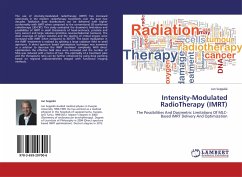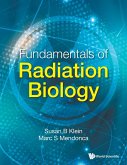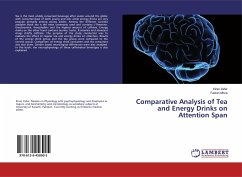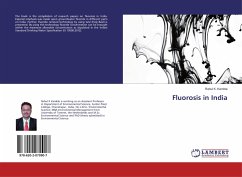The use of intensity-modulated radiotherapy (IMRT) has increased extensively in the modern radiotherapy treatments over the past two decades. Radiation dose distributions can be delivered with higher conformality with IMRT when compared to the conventional 3D-conformal radiotherapy (3D-CRT). This study evaluated the dosimetric limitations and possibilities of IMRT in small (treatments of head-and-neck, prostate and lung cancer) and large volumes (primitive neuroectodermal tumours). The dose coverage of target volumes and the sparing of critical organs were increased with IMRT when compared to 3D-CRT. The beam modulation in the IMRT treatments is realized by splitting a large radiation field to small apertures. A direct aperture based optimization technique was examined as a solution to decrease the IMRT treatment complexity. With direct optimization the effective field sizes were increased and the number of MUs was reduced with a factor of two. The optimality of a treatment plan and the therapeutic ratio can be further enhanced by using dose painting based on regional radiosensitivities imaged with functional imaging methods.
Bitte wählen Sie Ihr Anliegen aus.
Rechnungen
Retourenschein anfordern
Bestellstatus
Storno








